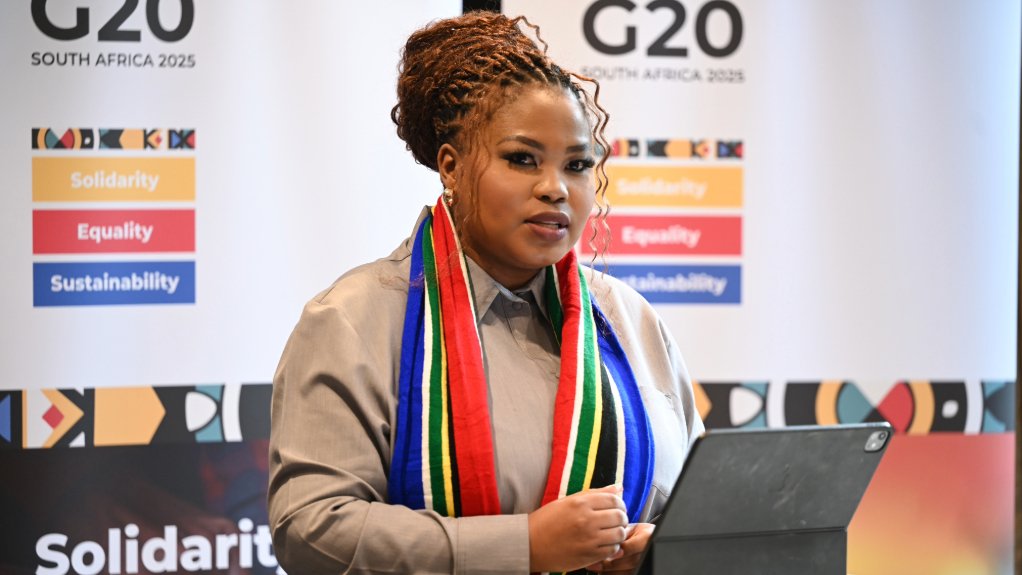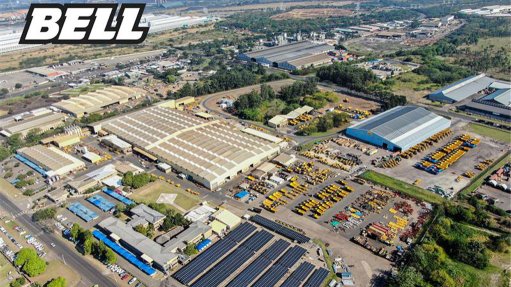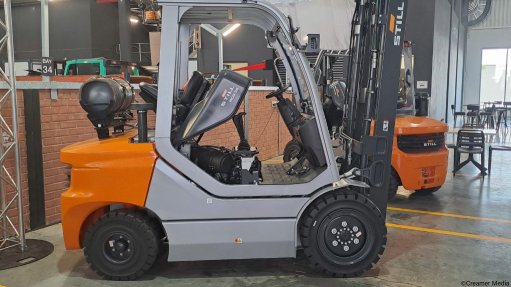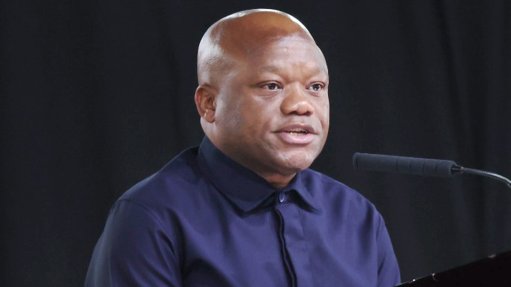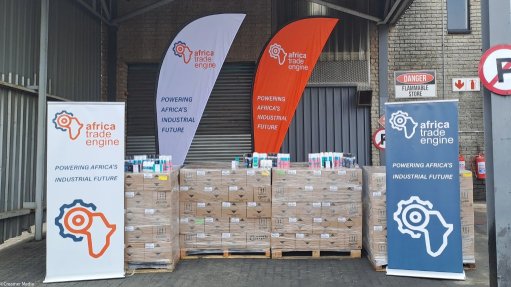Policy certainty, consistency key to unlocking African critical minerals investment
Amid global politisation of supply chains, increasing expectations of the mining industry and intensifying development imperatives in Africa, various African countries are gearing up policy to garner more mining investment for exploration through to value-addition activity.
During a panel discussion hosted at the 2025 London Indaba, Zambia High Commissioner to the UK Macenje Mazoka highlighted how the African country’s key learning has been the need to change policies to ensure investment in the mining sector is more fluid, transparent and efficient.
She explained that the country had worked on issues of transparency and getting its mining cadastre working to ensure licensing efficiency and to instil confidence in investors.
Zambia is also undertaking geomapping to identify the location and extent of more mineral resources, while encouraging more manufacturing in-country to develop the mining sector further.
Mazoka mentioned that Zambia was refurbishing and establishing transport corridors, such as the Lobito Corridor, with the idea that more businesses could mushroom along those corridors.
UK Department of Business and Trade critical minerals and mining head Oliver Richards stressed the importance of partnerships that were mutually beneficial, especially as the UK worked to increase its industrial capacity for critical minerals – with Africa having an important part to play in the value chain.
UK-based companies have a long record of collaborating with companies around the world to design and build mines. Richards said that, despite all the resource nationalism that was out there, no one country was going to be able to hold all the cards.
For Richards, the UK was focused on commercial logic and prioritised sectors, as well as the “sweet spots” of what worked for multiple countries, partnering collaboratively on such projects.
Zimbabwe Mines and Mining Development Minister Winston Chitando noted how Zimbabwe had more than 60 recorded minerals but only ten were actively being mined, owing to inadequate exploration having been undertaken.
He said all mining required three things: geology, requisite capital and skills. “In Zimbabwe we have good geology and a competent skills base, but not sufficient capital commensurate to unlock the mineral potential in the country.”
To this end, Zimbabwe had evolved its mining regulations to offer exclusive prospecting licences for companies to undertake exploration, as well as mining leases linked to mineral claims. Additionally, the country had provisions for a special mining lease, which was available for large-scale investors over a period of 25 years.
“Zimbabwe tries to be a friend to all and an enemy to none. As far as our mineral policy is concerned, we are concentrating on ensuring maximum extraction of minerals and maximum value addition in partnership with various investors from all corners of the world,” Chitando said.
He deemed it critical for any mining jurisdiction to have competent and solid pieces of legislation that remained consistent through changes of government and national budgets.
Chitando said the Zimbabwean government had recognised the importance of policy certainty, clarity and consistency and now desired for more investment in exploration, mining and beneficiation where commercially justifiable.
“This is something platinum and lithium miners in the country have done well, to determine feasibility for refinery and processing capacity alongside consultants. Another notable example has been private sector investment into carbon steel production capacity, which will soon expand to stainless steel production.”
The Minister added that companies in Zimbabwe were also investing in lithium sulphate production capacity, in addition to concentrate production that was taking place.
South African Minerals and Petroleum Resources Deputy Minister Phumzile Mgcina said the capability of critical minerals was not only limited to power generation, energy storage or electric vehicles, but they were poised to shape Africa’s future and become the building blocks of the twenty-first century.
In South Africa’s case, she explained, the country had taken decisive steps to put in place a critical minerals and metals strategy as an actionable blueprint that promoted exploration, value addition and investment in research and development.
The critical minerals and metals strategy was unveiled at the London Indaba on June 25. The strategy identifies South Africa’s critical minerals as being platinum group metals, manganese, chrome ore, iron-ore, coal, gold, vanadium, copper, cobalt, nickel and rare earths.
The country is also in the process of reviewing a key piece of legislation, the Mineral and Petroleum Resources Development Act, to address the decline in exploration and beneficiation in South Africa’s mining industry.
To assist junior miners, Mgcina’s department has an exploration fund in place and plans to expand the fund through more public and private investment, while government has also eased black economic empowerment requirements on prospecting rights, to unlock more opportunities for smaller companies.
“South Africa’s critical minerals strategy recognises the importance of exploration as key to sustaining the mining industry for the foreseeable future,” Mgcina said.
She confirmed the Department of Minerals and Petroleum Resources’ vision was for South Africa to become a leader in exporting high-value products and building a future that was prosperous for all.
“South Africa is well positioned to contribute meaningfully to regional efforts of building capable value chains. We are committed to strengthening partnerships with African peers to support not only South Africa’s development but the continent’s collective progress,” Mgcina emphasised.
Responding to a question on whether the label of critical minerals played a part in garnering investment, Mazoka said what was critical to the global community, whether it be minerals for new technologies or energies, became critical to African economies. “At the end of the day it is about creating jobs for people, growing economies and using resources as effectively as possible.”
Mgcina agreed, stating that all minerals were critical, depending on global demand and what particular investors were looking for. For South Africa and Zimbabwe, for example, coal remained a critical mineral for power generation and providing electricity to the beneficiation facilities that the countries so wished to attract.
Richards concluded that ultimately more trust needed to be built between global stakeholders, including offtakers, to help derisk junior mining projects.
Article Enquiry
Email Article
Save Article
Feedback
To advertise email advertising@creamermedia.co.za or click here
Comments
Press Office
Announcements
What's On
Subscribe to improve your user experience...
Option 1 (equivalent of R125 a month):
Receive a weekly copy of Creamer Media's Engineering News & Mining Weekly magazine
(print copy for those in South Africa and e-magazine for those outside of South Africa)
Receive daily email newsletters
Access to full search results
Access archive of magazine back copies
Access to Projects in Progress
Access to ONE Research Report of your choice in PDF format
Option 2 (equivalent of R375 a month):
All benefits from Option 1
PLUS
Access to Creamer Media's Research Channel Africa for ALL Research Reports, in PDF format, on various industrial and mining sectors
including Electricity; Water; Energy Transition; Hydrogen; Roads, Rail and Ports; Coal; Gold; Platinum; Battery Metals; etc.
Already a subscriber?
Forgotten your password?
Receive weekly copy of Creamer Media's Engineering News & Mining Weekly magazine (print copy for those in South Africa and e-magazine for those outside of South Africa)
➕
Recieve daily email newsletters
➕
Access to full search results
➕
Access archive of magazine back copies
➕
Access to Projects in Progress
➕
Access to ONE Research Report of your choice in PDF format
RESEARCH CHANNEL AFRICA
R4500 (equivalent of R375 a month)
SUBSCRIBEAll benefits from Option 1
➕
Access to Creamer Media's Research Channel Africa for ALL Research Reports on various industrial and mining sectors, in PDF format, including on:
Electricity
➕
Water
➕
Energy Transition
➕
Hydrogen
➕
Roads, Rail and Ports
➕
Coal
➕
Gold
➕
Platinum
➕
Battery Metals
➕
etc.
Receive all benefits from Option 1 or Option 2 delivered to numerous people at your company
➕
Multiple User names and Passwords for simultaneous log-ins
➕
Intranet integration access to all in your organisation



